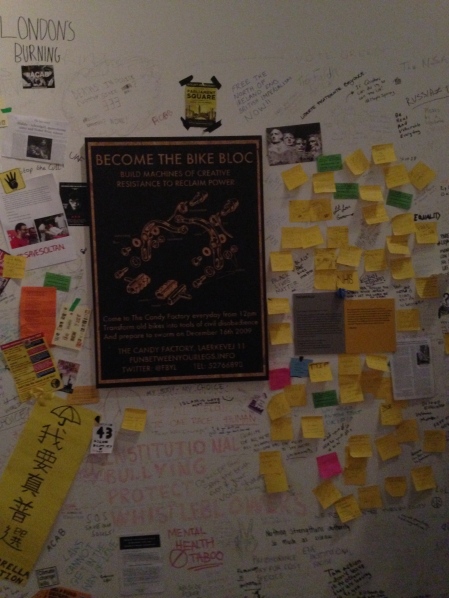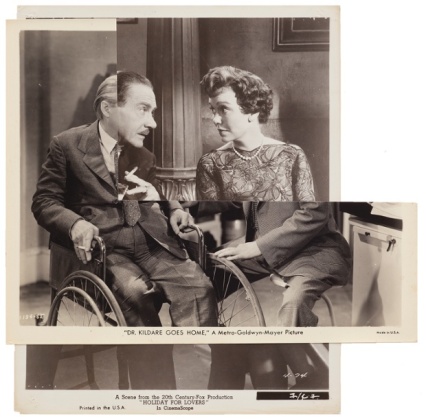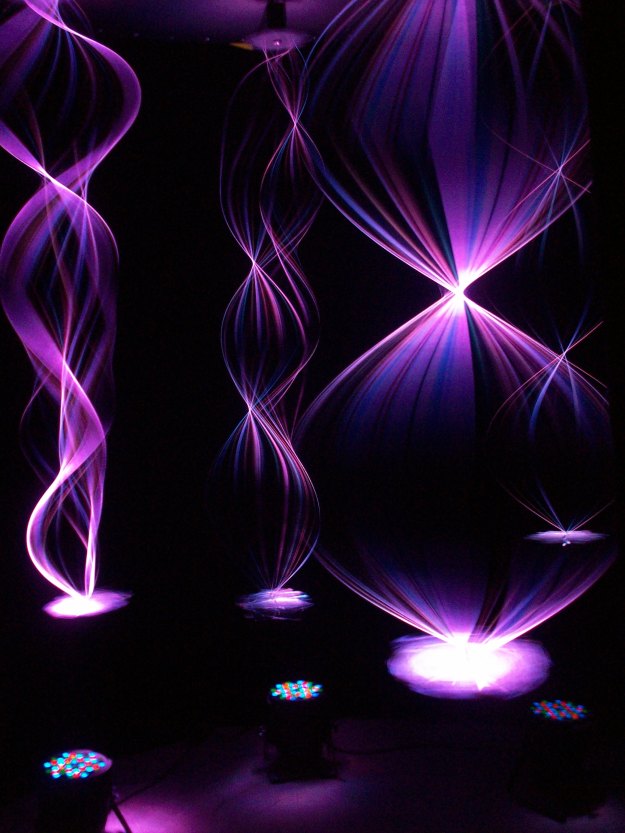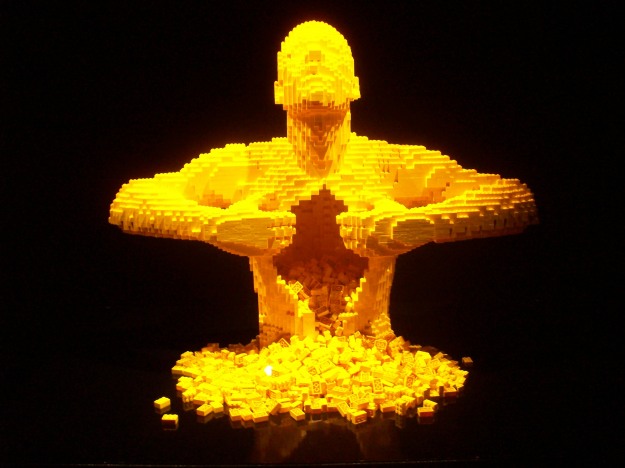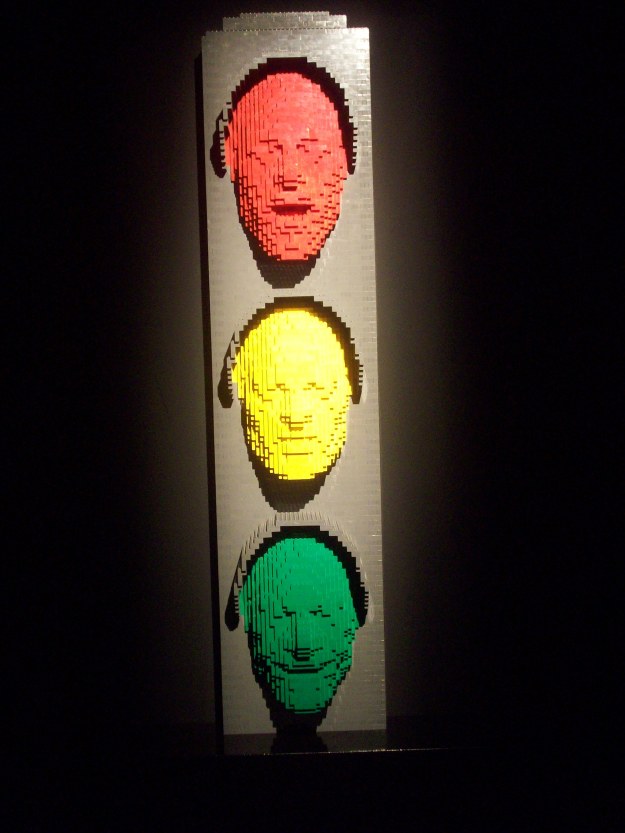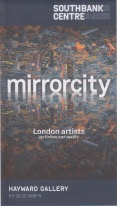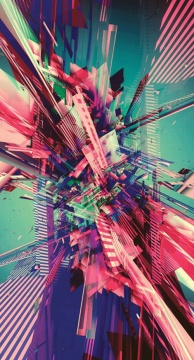Disobedient Objects
This exhibition surprises in many ways. Firstly in contrast to the rest of the exhibitions that are on display which look very ordered, defined and mainly in brightly lit glass cases, the disobedient objects exhibition is placed on one side of the museum and as you enter, it feels as if you have arrived in your worst nightmare. The exhibits look disorganised and a mix and match of items that do not look as if they belong in the same place. The silver bars going from floor to ceiling looked as if the objects were imprisoned.
I was confused on first look but as I read the text on each exhibit I finally understood what this exhibition was about and was fascinated by the politics, history and the struggles of people trying to bring about change in various situations and making their voices heard using objects to put their points across.
Nike Blanket
 The Nike blanket exhibit was a protest against cheap labour used for Nike garments. It was placed on the wall quite high and though the blanket in its size and colour made an impact to understand the protest, its position was hard to notice. The text was placed nearer eye level and therefore you know that there is an exhibit somewhere.
The Nike blanket exhibit was a protest against cheap labour used for Nike garments. It was placed on the wall quite high and though the blanket in its size and colour made an impact to understand the protest, its position was hard to notice. The text was placed nearer eye level and therefore you know that there is an exhibit somewhere.
Solidarity
Another exhibit celebrated solidarity. It was a mix of slogans, logos, printed t-shirts, leaflets and more. I was astounded with the amount of things on display and the strong messages that scream from the walls. The display is a muddle of objects but because of this muddle you are captivated by it and feel like “sticking together” with the people of these struggles.
Going through each object you feel more and more like you are part of each struggle. They have a strong impact on you and when you come out of the disobedient objects exhibition back into the orderly structure of the museum you feel exhausted but inspired to look for the next struggle and play a part in its movement.
Disobedient Objects: About the Exhibition

Inflatable cobblestone, action of Eclectic Electric Collective in cooperation with Enmedio collective during the General Strike in Barcelona 2012. © Oriana Eliçabe/Enmedio.info
26 July 2014 – 1 February 2015
From a Suffragette tea service to protest robots, this exhibition is the first to examine the powerful role of objects in movements for social change. It demonstrates how political activism drives a wealth of design ingenuity and collective creativity that defy standard definitions of art and design. Disobedient Objects focuses on the period from the late 1970s to now, a time that has brought new technologies and political challenges. On display are arts of rebellion from around the world that illuminate the role of making in grassroots movements for social change: finely woven banners; defaced currency; changing designs for barricades and blockades; political video games; an inflatable general assembly to facilitate consensus decision-making; experimental activist-bicycles; and textiles bearing witness to political murders.


